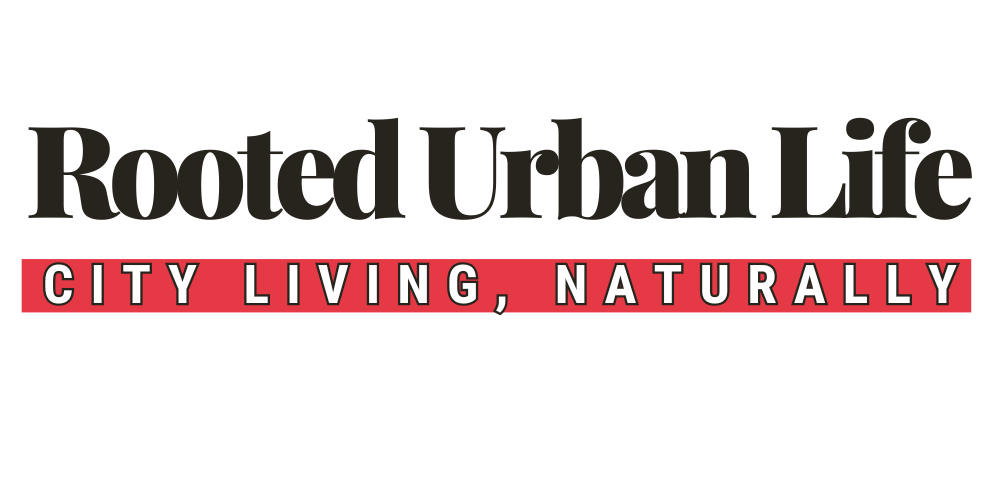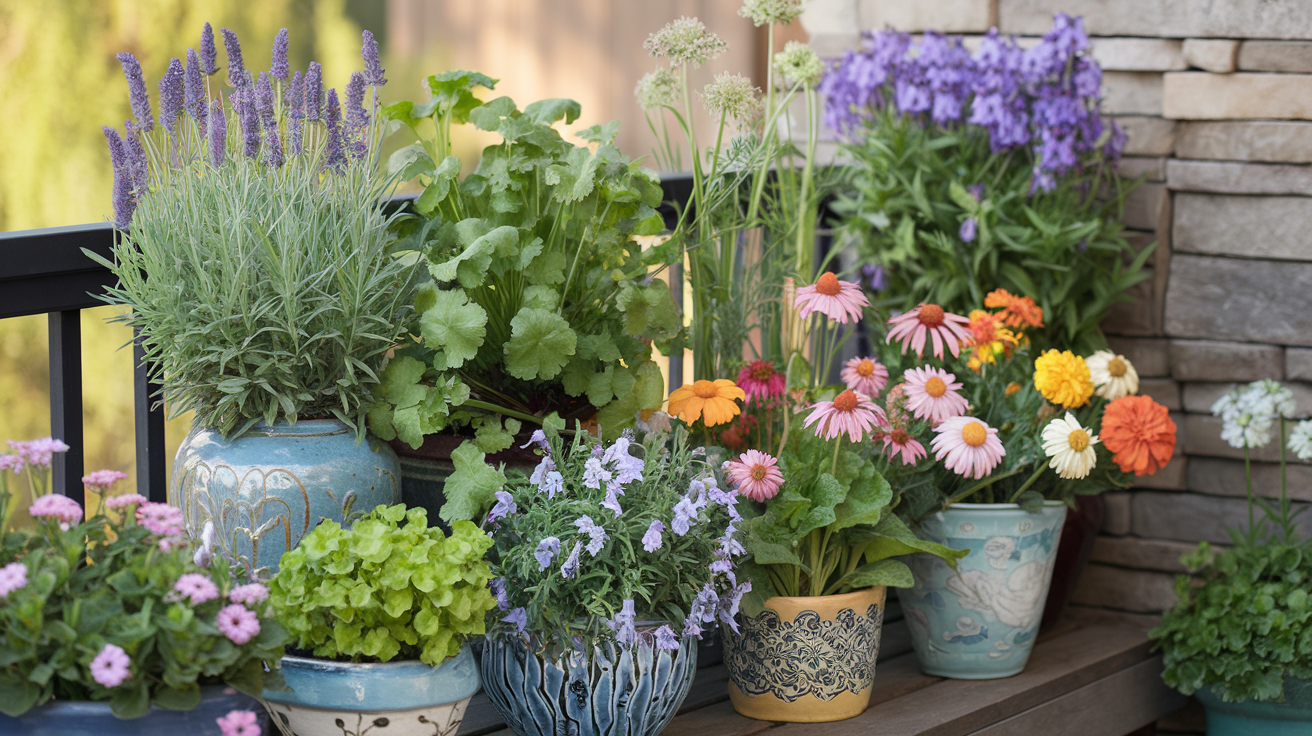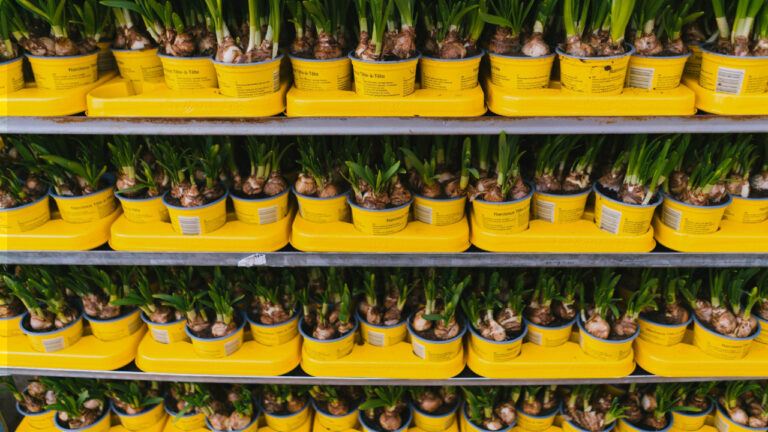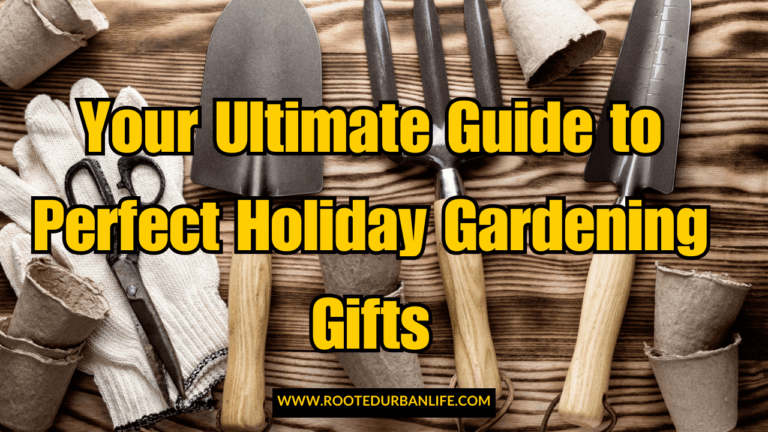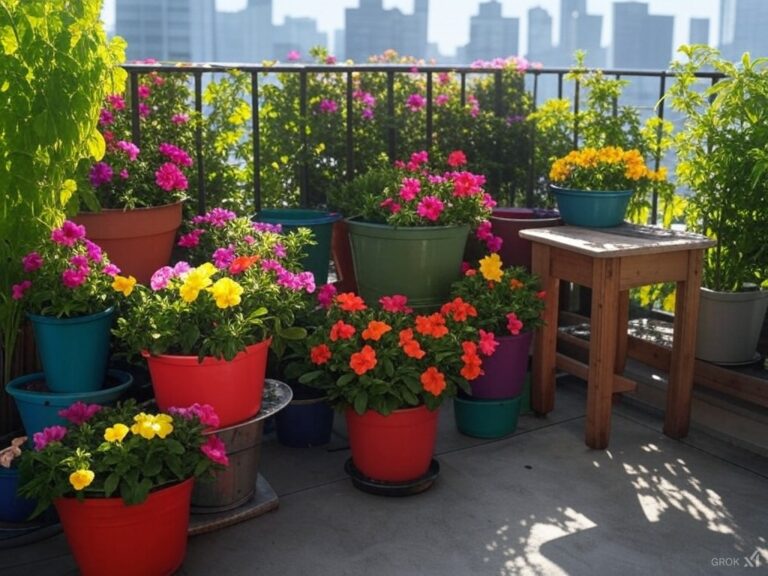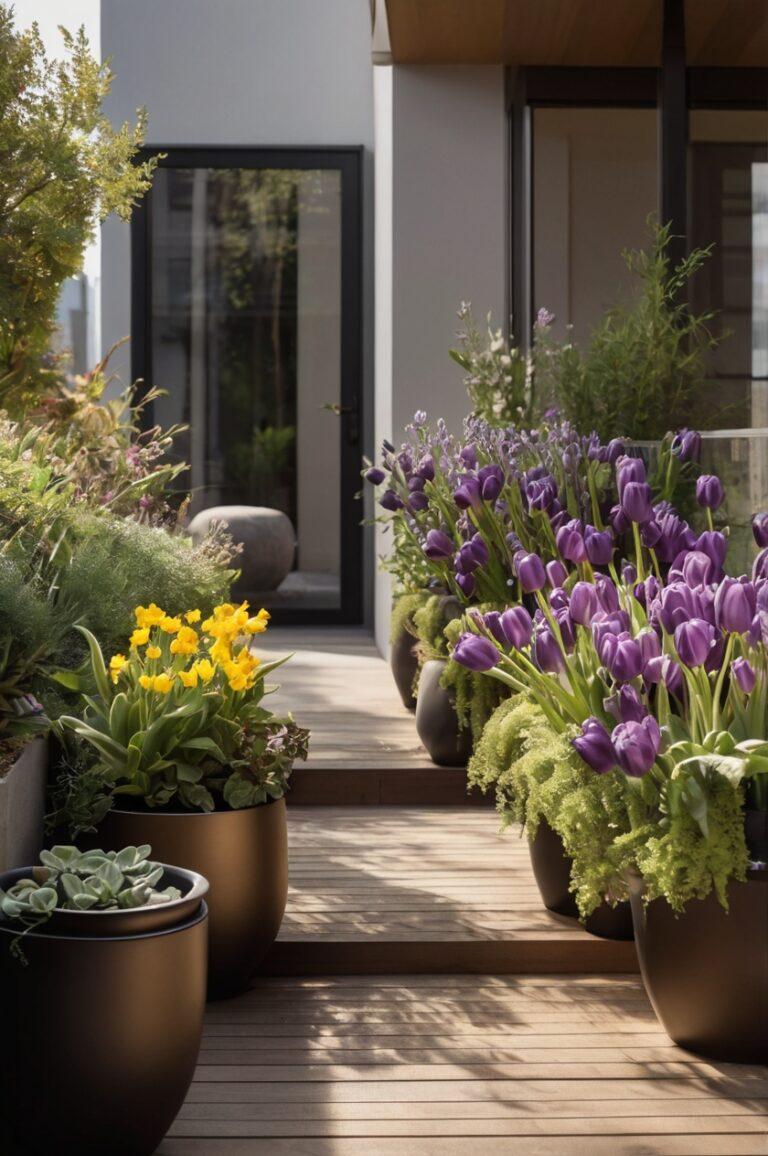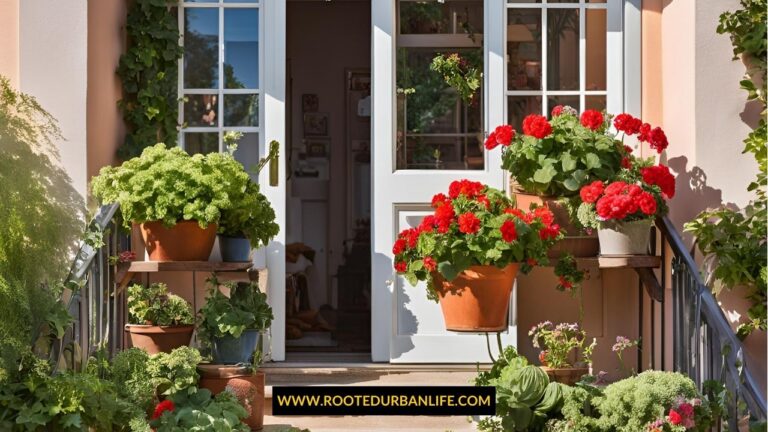23 Plants That Will Transform Your Balcony Into a Pollinator Paradise
Boost Biodiversity, Enjoy Fresh Herbs, and Support Local Pollinators Right from Your Balcony
Problem: Is your balcony just another concrete slab, lacking life and vibrancy?
Solution: You can turn it into a lush, living space that benefits both you and the environment. With our selection of pollinator-friendly plants, you’ll nurture local wildlife while enjoying the fruits of your garden.
Creating a balcony garden that supports pollinators is a great way to help bees, butterflies, hummingbirds, and other beneficial insects thrive. Below is a list of 23 plants, their preferred pollinators, and their blooming seasons, ensuring a steady food source throughout the year.
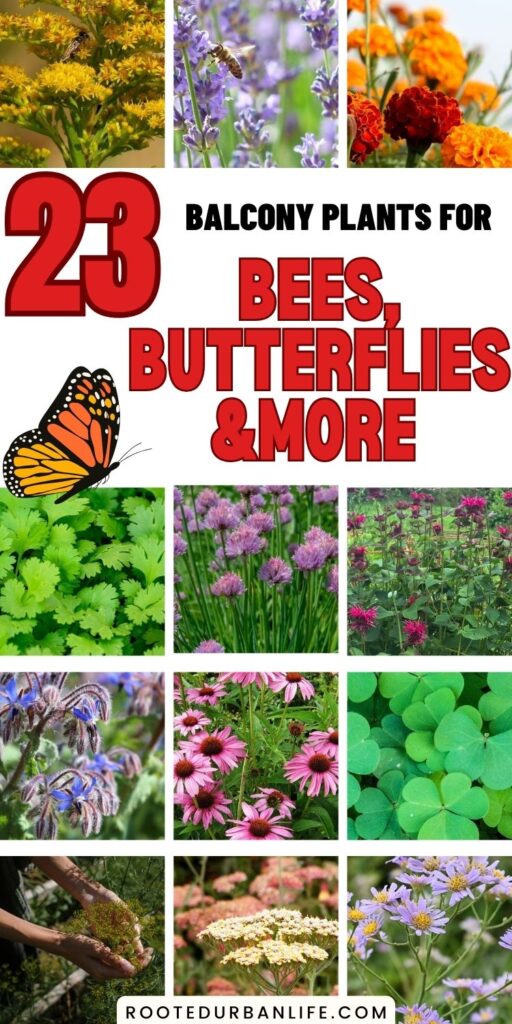
Early Bloomers (Spring – Early Summer)
Chives (Allium schoenoprasum)
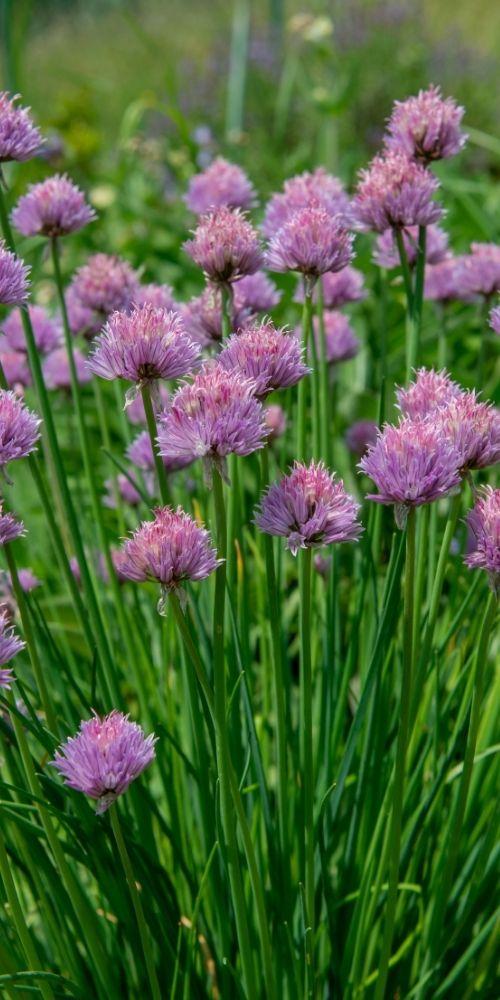
Chives are a fantastic dual-purpose plant: their edible leaves add a mild onion flavor to dishes, while their purple pom-pom flowers attract bees in droves. They’re hardy, cold-tolerant, and thrive in small pots, making them perfect for balcony gardens. To maximize their pollinator appeal, let some of the plants flower before cutting them back for kitchen use. Bonus: Chives deter pests like aphids, making them a great companion plant for tomatoes and strawberries.
Pollinators: Honeybees, bumblebees, native bees
Blooming Season: Late spring – early summer
Thyme (Thymus vulgaris)
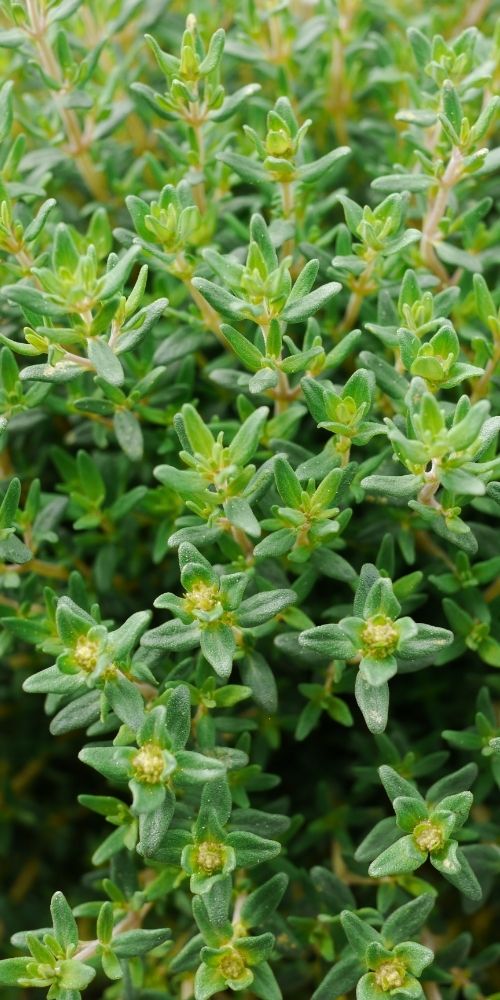
Thyme might be small, but its tiny flowers pack a nectar-rich punch for pollinators, especially bees. This low-growing herb spills beautifully over the edges of pots, creating a lush, cascading effect. It’s also one of the most drought-tolerant herbs, requiring minimal watering. Beyond the garden, thyme is a culinary staple used in soups, roasts, and herbal teas. To attract the most pollinators, allow at least one-third of your thyme plants to bloom before harvesting.
Pollinators: Bees, hoverflies
Blooming Season: Late spring – early summer
Bee Balm (Monarda spp.)
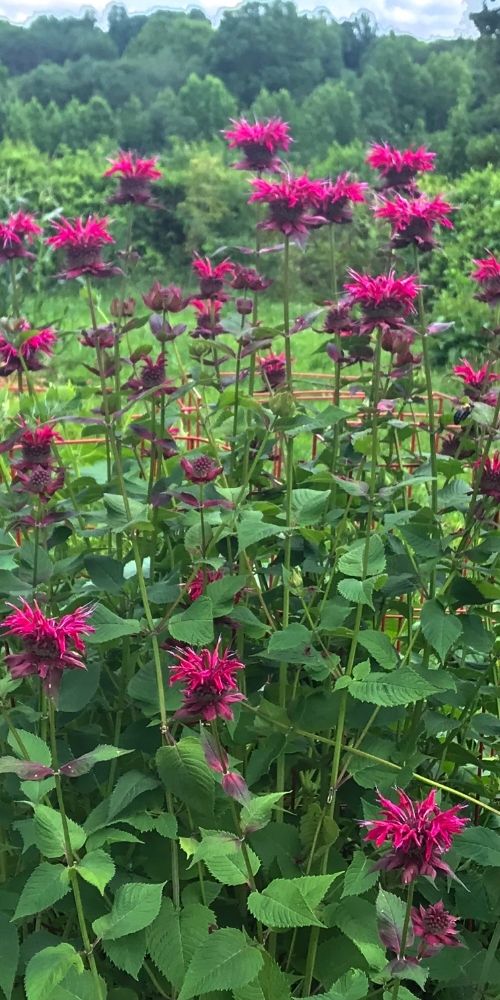
The name says it all—bee balm is a pollinator’s dream. Its bright red, pink, or purple flowers attract bees, butterflies, and hummingbirds. As a member of the mint family, bee balm grows well in containers but spreads quickly, so keep it in check. It prefers full sun to partial shade and needs regular watering. Not only does bee balm add beauty to your balcony, but its leaves also make a fragrant herbal tea known for soothing sore throats and aiding digestion.
Pollinators: Bees, butterflies, hummingbirds
Blooming Season: Late spring – summer
Lavender (Lavandula angustifolia)
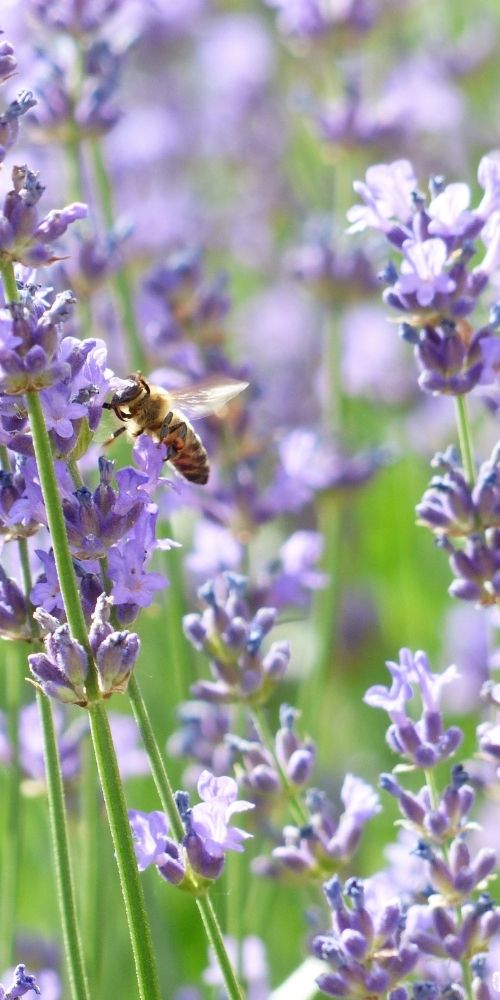
Few plants are as beloved by bees as lavender. Its fragrant purple flowers provide a rich nectar source, attracting both honeybees and bumblebees. Lavender thrives in containers, preferring full sun and well-drained soil. If you keep it on a warm balcony, it will bloom from late spring through summer. The best part? Lavender is not just for pollinators—it’s also perfect for homemade teas, sachets, and natural skin care remedies.
Pollinators: Bees, butterflies, moths
Blooming Season: Late spring – summer
Oregano (Origanum vulgare)

Oregano is another must-have herb for pollinators and cooks alike. While it’s best known for its role in Mediterranean cuisine, its small white or purple flowers are an irresistible food source for bees. The plant is hardy, easy to grow, and thrives in a pot with minimal care. Allow a few stems to bloom in mid to late summer, and you’ll see pollinators buzzing around in no time. Pro tip: Dried oregano leaves are even more flavorful than fresh ones! Pollinators: Bees, butterflies, hoverflies
Blooming Season: Early summer – mid-summer
Goldenrod (Solidago spp.)
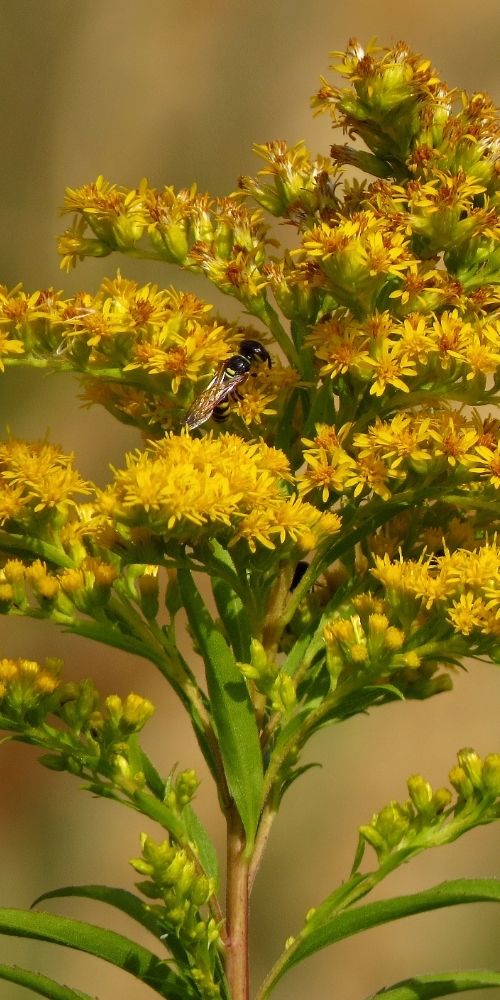
Goldenrod is an essential nectar source for late-season pollinators and is particularly loved by migrating butterflies. Despite its reputation, it does not cause allergies like ragweed.
Pollinators: Bees, butterflies, moths, beneficial beetles
Blooming Season: Summer – early fall
Mid-Season Bloomers (Summer – Early Fall)
Borage (Borago officinalis)
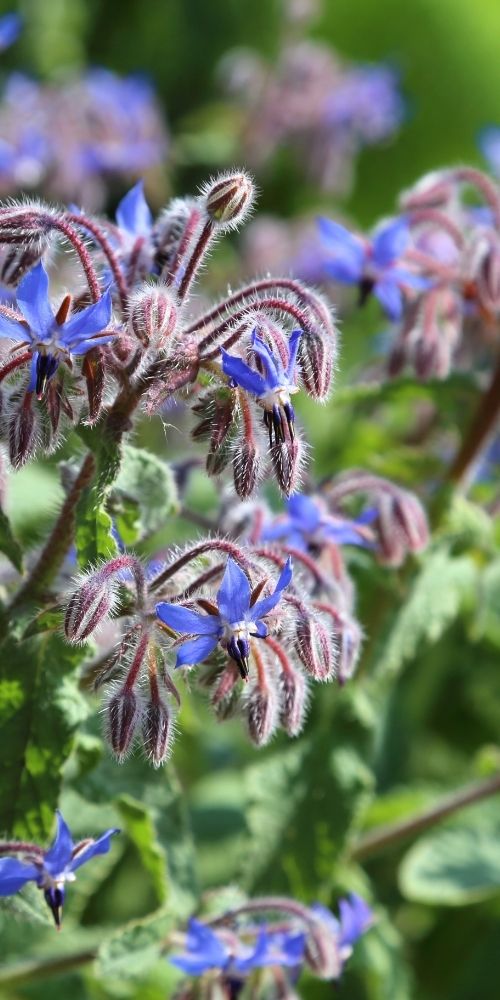
Borage’s star-shaped blue flowers replenish their nectar quickly, keeping bees coming back throughout the season.
Pollinators: Bumblebees, honeybees
Blooming Season: Summer
Zinnias (Zinnia spp.)
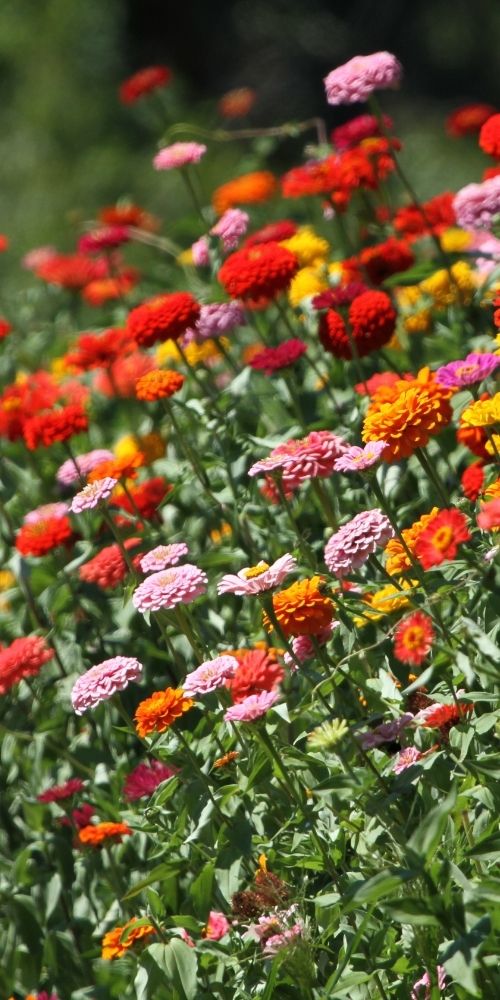
Zinnias are one of the best butterfly-attracting flowers and are also loved by bees. They come in a rainbow of colors and bloom from summer to frost, providing a continuous nectar source. Zinnias are perfect for beginner gardeners, as they require little care beyond regular watering. Choose dwarf or compact varieties for container gardens.
Pollinators: Butterflies, bees, hummingbirds
Blooming Season: Summer – early fall
Coneflower (Echinacea purpurea)
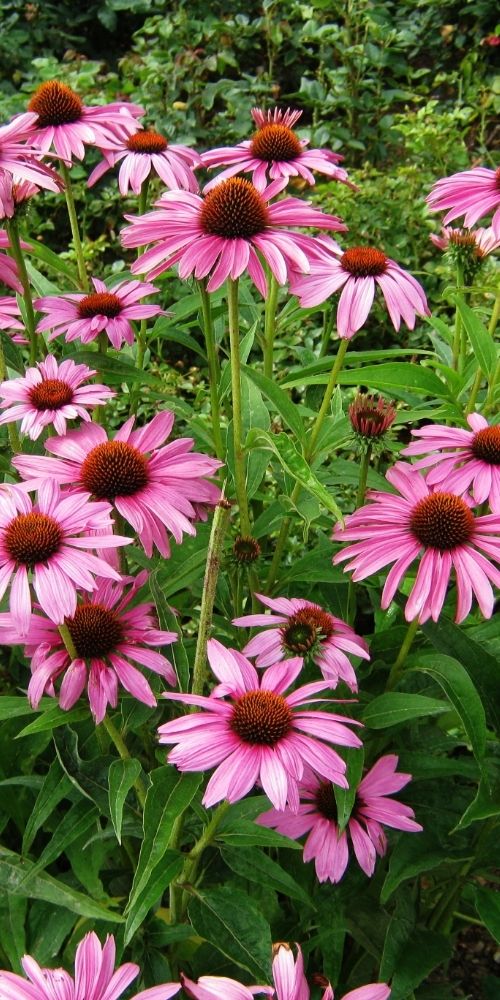
A native wildflower with bold purple petals, coneflower is a favorite of bees, butterflies, and even goldfinches (who love the seeds!). It’s drought-resistant, thrives in pots, and can tolerate harsh sun. As a bonus, echinacea root and leaves are used in herbal remedies for immune system support.
Pollinators: Bees, butterflies
Blooming Season: Summer – early fall
Peppermint (Mentha × piperita)
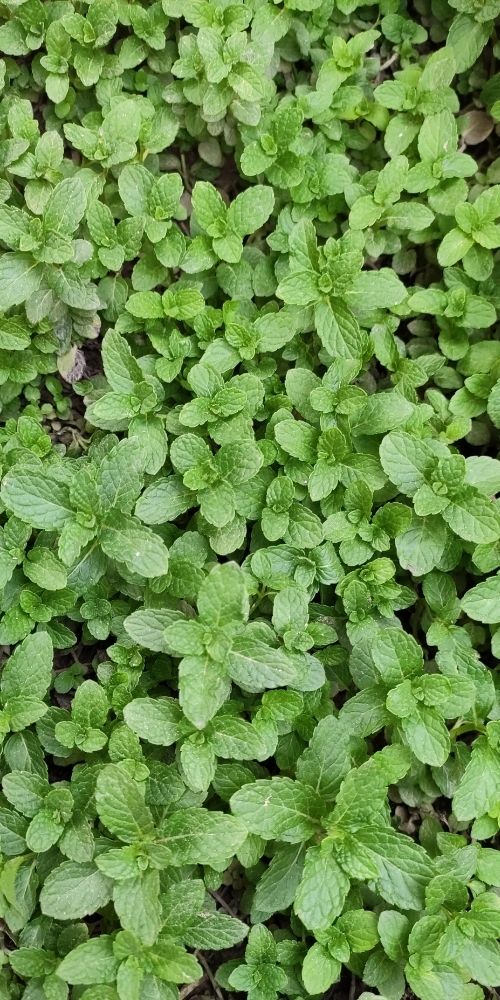
Pollinators love the tiny white or purple flowers of peppermint, which bloom in mid to late summer. Like all mints, it grows aggressively, so keep it in a separate pot to prevent it from taking over your balcony. Aside from its pollinator benefits, peppermint is a fantastic herbal remedy for digestion, nausea, and headaches. Keep a few sprigs handy for fresh mint tea or cocktails!
Pollinators: Bees, hoverflies, butterflies
Blooming Season: Summer
Clover (Trifolium spp.)
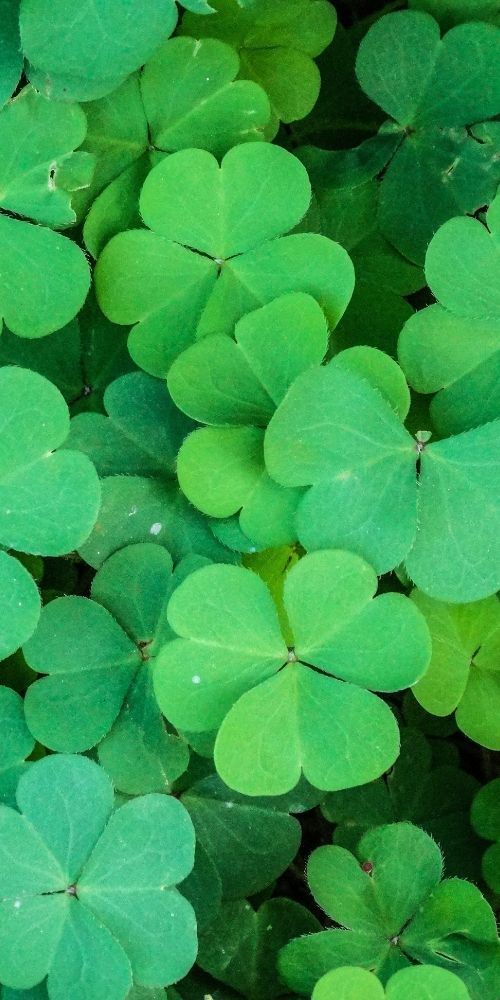
Clover is a fantastic choice for your balcony garden, attracting plenty of bees. It grows easily and requires little maintenance, making it perfect for busy gardeners. Just keep it watered and trimmed for the best blooms! Pollinators: Honeybees, bumblebees
Blooming Season: Summer
Sage (Salvia officinalis)
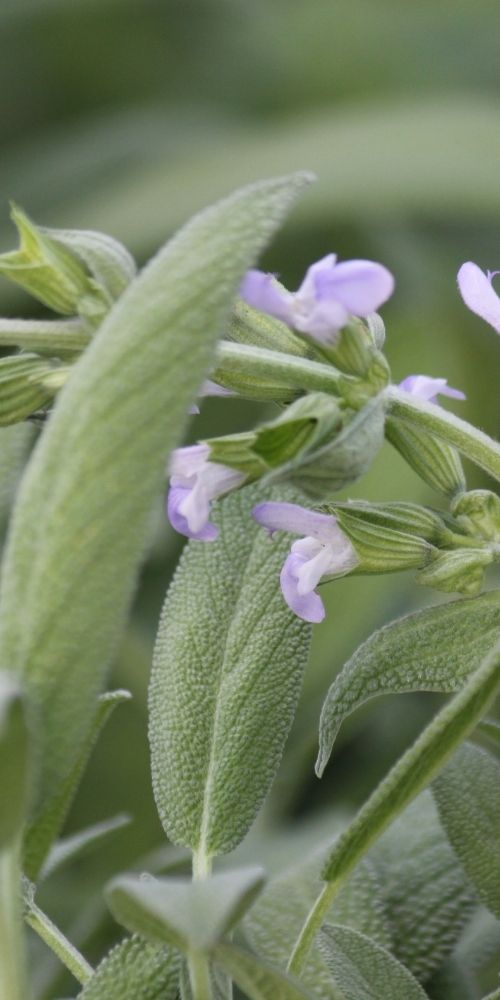
The tubular flowers of sage are loved by hummingbirds and long-tongued bees, while the leaves are a flavorful herb.
Pollinators: Bees, butterflies, hummingbirds
Blooming Season: Late spring – summer
Nasturtiums (Tropaeolum spp.)
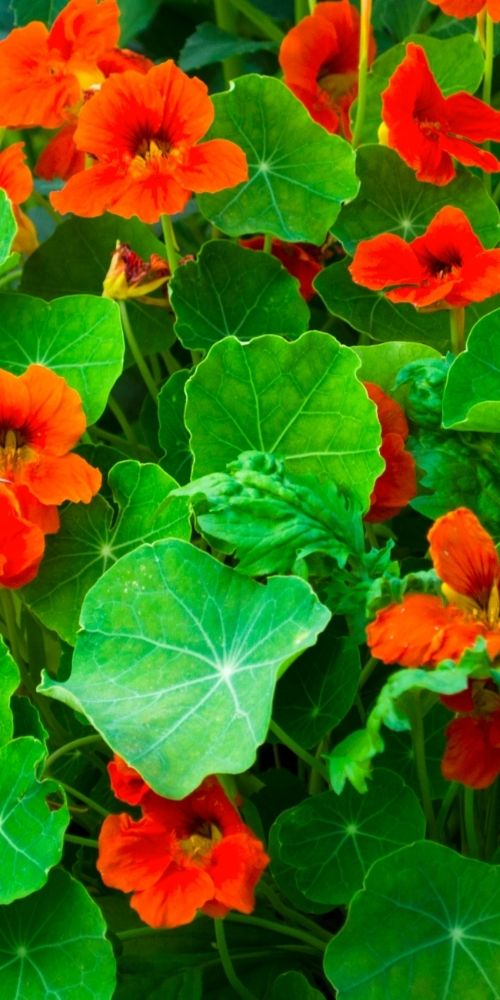
The bright, funnel-shaped flowers provide nectar for butterflies and hummingbirds, while their leaves host butterfly larvae.
Pollinators: Butterflies, hummingbirds, bees
Blooming Season: Summer – early fall
Cilantro (Coriandrum sativum)
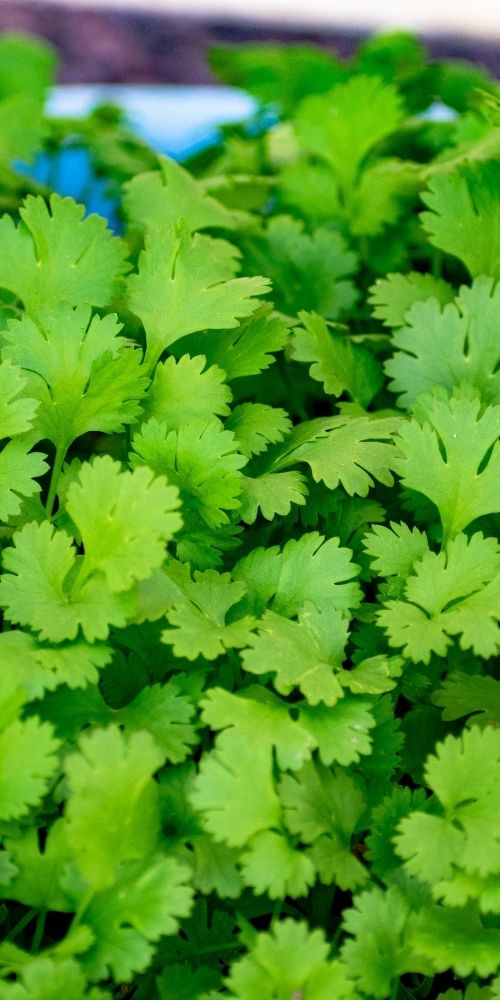
Clusters of tiny white flowers attract bees and beneficial insects that help with pest control.
Pollinators: Bees, hoverflies
Blooming Season: Summer
Sweet Alyssum (Lobularia maritima)

The delicate, fragrant blooms are perfect for nocturnal pollinators like moths and hoverflies.
Pollinators: Moths, bees, hoverflies
Blooming Season: Summer – early fall
Late Bloomers (Late Summer – Fall)
Milkweed (Asclepias spp.)

A must-have for monarch butterflies, milkweed provides nectar for adults and is the only host plant for monarch caterpillars.
Pollinators: Butterflies, bees, hummingbirds
Blooming Season: Late summer
Dill (Anethum graveolens)
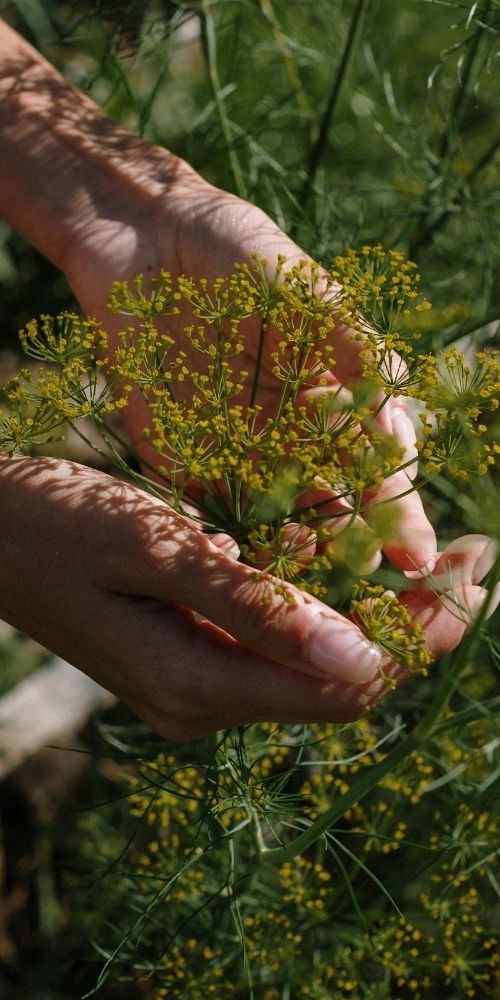
Dill’s umbrella-like flower clusters attract tiny pollinators and serve as a host plant for swallowtail butterfly larvae.
Pollinators: Bees, hoverflies, butterflies
Blooming Season: Late summer
Asters (Aster spp.)
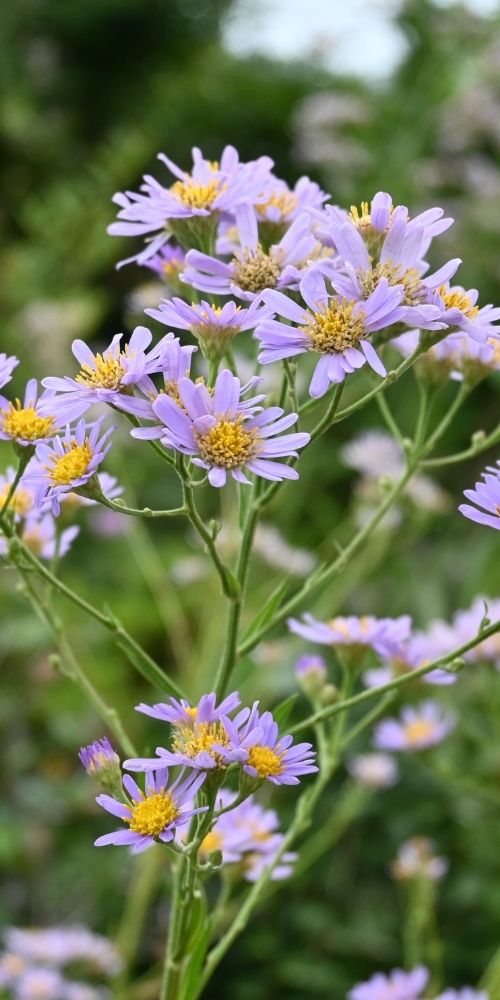
Asters provide much-needed nectar for pollinators preparing for migration or winter hibernation.
Pollinators: Bees, butterflies, moths
Blooming Season: Late summer – fall
Sunflower (Helianthus annuus)
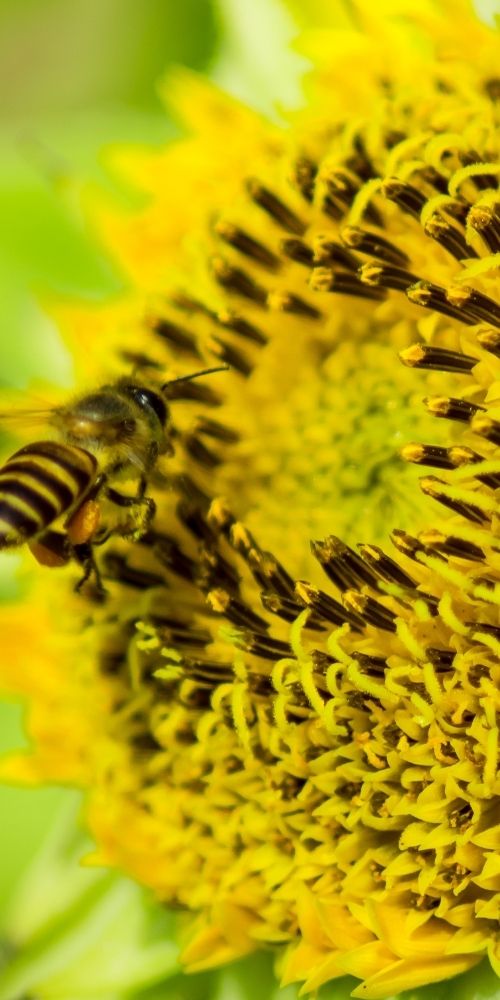
With their large, open faces, sunflowers attract bees and butterflies. In fall, they provide seeds for birds.
Pollinators: Bees, butterflies, birds
Blooming Season: Late summer – early fall
Yarrow (Achillea millefolium)
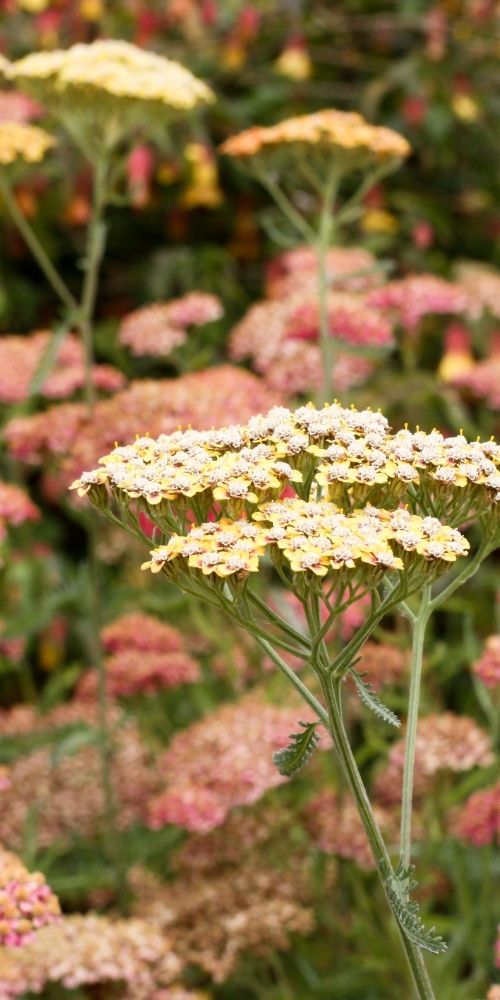
This tough plant produces clusters of tiny flowers, a favorite of many pollinators.
Pollinators: Bees, butterflies, hoverflies
Blooming Season: Summer – fall
Phacelia (Phacelia tanacetifolia)
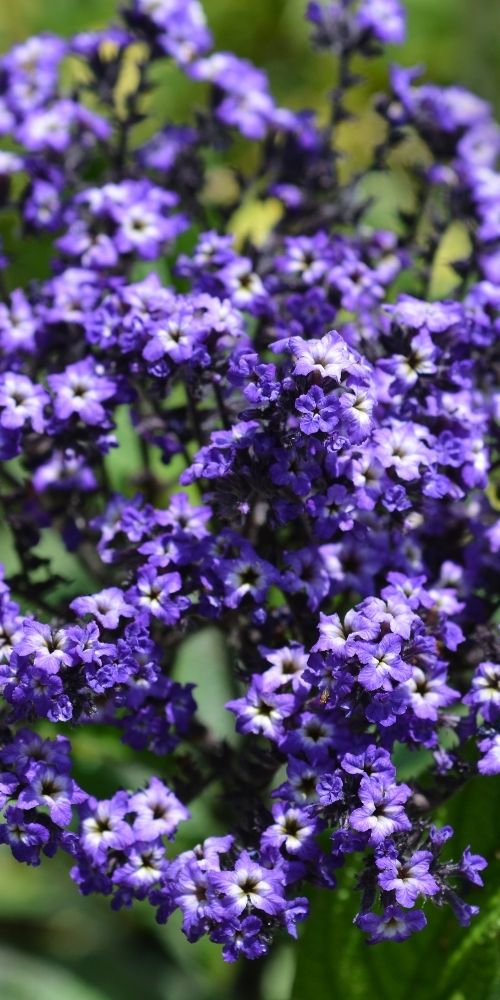
This lesser-known plant is one of the top bee-attracting species worldwide.
Pollinators: Bees, butterflies
Blooming Season: Late spring – summer
Marigolds (Tagetes spp.)
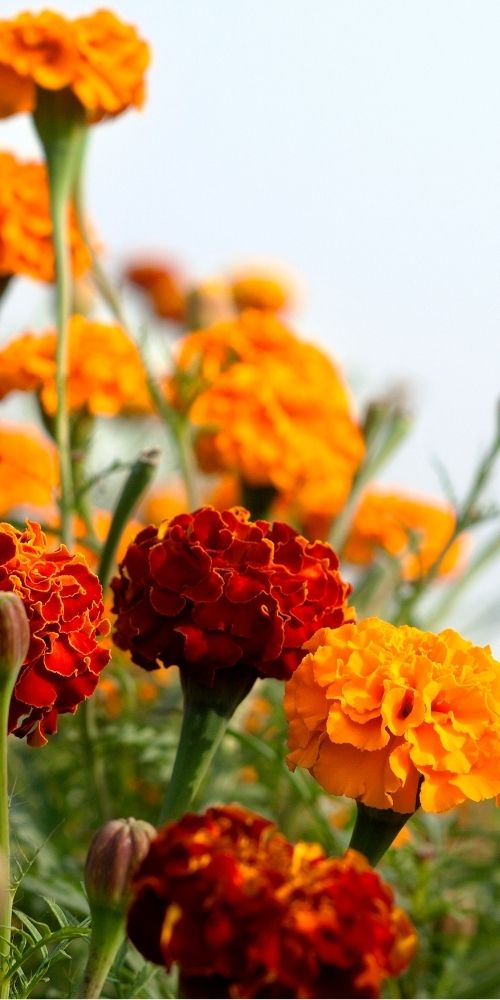
Marigolds are the workhorses of the garden—bright, cheerful, and packed with benefits. They attract bees, butterflies, and beneficial insects while also repelling aphids and whiteflies. Marigolds thrive in pots, making them ideal for balconies. For best results, choose single-flowered varieties, as double-flowered types have less nectar. Deadhead regularly to keep them blooming all season long.
Pollinators: Bees, butterflies
Blooming Season: Summer – early fall
Verbena (Verbena spp.)
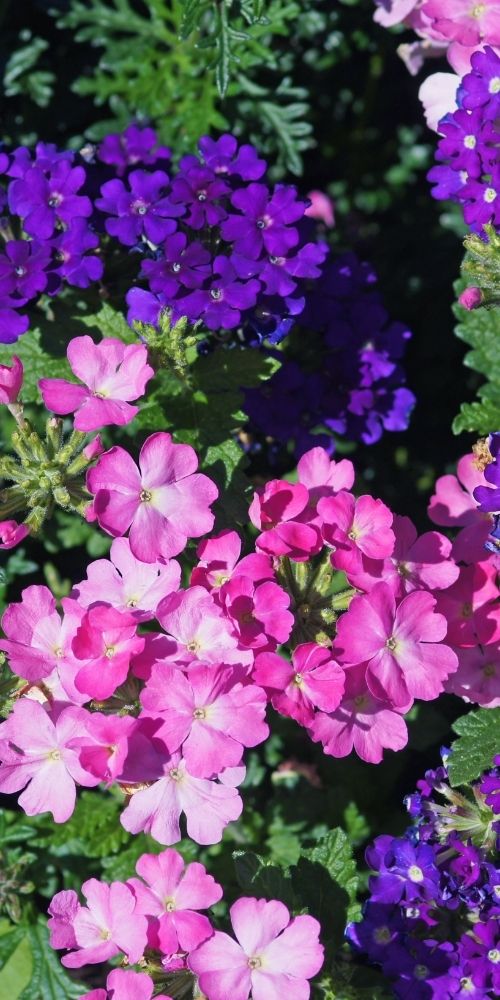
A late-season bloomer, verbena provides nectar for butterflies and bees well into autumn when other flowers fade.
Pollinators: Butterflies, bees, moths
Blooming Season: Late summer – fall
Edible Plants That Need Pollinators
Strawberries (Fragaria × ananassa)

Strawberry plants are self-pollinating, but with the help of bees, they produce larger, juicier berries. Their small white flowers attract pollinators in spring, leading to a summer harvest. Grow them in hanging baskets or tiered containers to maximize space.
Tomatoes (Solanum lycopersicum)

Tomato flowers rely on buzz pollination from bumblebees, which shake the pollen loose. Having pollinator-friendly flowers nearby (like borage or marigolds) improves fruit production. Cherry tomatoes are especially well-suited for balconies.
Peppers (Capsicum annuum)
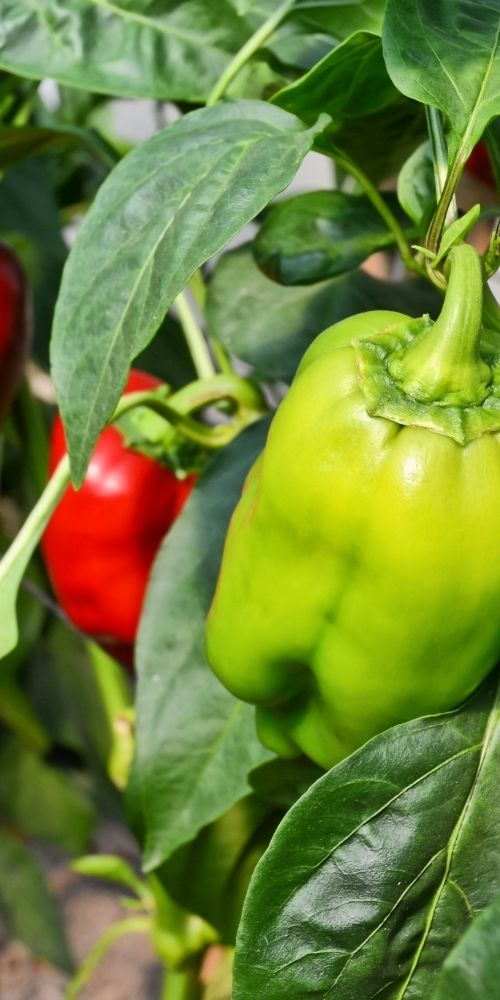
Sweet and spicy peppers benefit from cross-pollination. Bees increase fruit size and yield, making them an essential addition to your pollinator-friendly balcony. Keep them in warm, sunny spots for best results.
By choosing plants with staggered blooming times, you can create a pollinator-friendly balcony garden that provides food year-round. Which plants will you be adding to your balcony garden? Let us know in the comments below.

